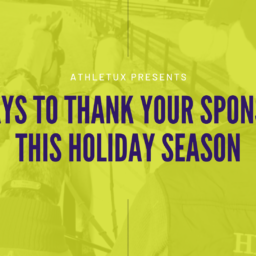
5 Tips To Get Ready For A CCI-L With Gaby Ruane

Preparing for a CCI-L can seem very daunting, especially if you are a first-timer. The following are five tips to help set you up for success!
1. Start thinking about your horses’ fitness schedule early. With the help of your coach, figure out how often you will do trot sets and gallop sets, and for how long. This will change throughout the season to ensure that your horse is peaking the week of the competition. Make sure that you have a well-maintained place to do your gallops. Good footing is essential. A hill (or hills) is a huge bonus. For many, this will require that you travel to another facility and rent out their gallop. Make sure to add this into your budget leading up to the event, because this can really add up! If you don’t have access to a hill, it might be a good idea to add weekly aqua-treading or swimming to your horse’s schedule. Don’t forget the importance of walking! Especially for the upper-level horses, add 45-60 minutes of walking to their schedules daily, or as often as time will allow.
2. Similarly, plan out your competition schedule well in advance. Make a plan A, B, and C! Just like you will when planning your gallops, work backward from the big event to help you decide where to run leading up to it. Ideally, your last run would be two weeks before the CCI-L.
3. Get your vet out for a pre-season soundness evaluation. This should include palpating, trotting up, and flexions. In addition to catching any potential problems early, you will be able to get a good baseline for the rest of the season. If your horse needs any work done (I.e. hock injections or other maintenance/preventative care), this is a good time to plan and fit those appointments In between competitions. If you can, get your vet out again in the week leading up to the show to do a quick once-over.
4. Check your farrier schedule and plan ahead so that your horse is not due to be shod the week of the CCI-L! This may mean that your horse will need an extra round of shoeing. For example, a horse that is routinely shod at four weeks may be done once at three weeks in the month leading up, to ensure that he or she can be shod one or two weeks before the big competition. That way, if a problem (such as a hot nail) arises, there should be ample time to fix it. Another tip: get a set of spare shoes! If your horse loses a shoe at the competition, you will not have to worry about getting a replacement made.
5. Double-check all of your paperwork and memberships. Having an error in your passport or realizing that you forgot to register yourself with the FEI will be extremely inconvenient for you, at best. Ensure that you are up to date on the FEI-required vaccines and that all of the information is correct in your horse’s passport. Check that you and your horse’s memberships are current as well as your Coggins. Get a health certificate, if needed. Some shows require this even if you are not coming from out of state, so be sure to read through the omnibus listing!
Above all else, make sure that you and your horse are prepared for the level that you will be competing at and that you are both physically and mentally fit to take on the task at hand. All of this preparation will feel well worth it when you’re crossing through those showjumping finish timers on the final day!















